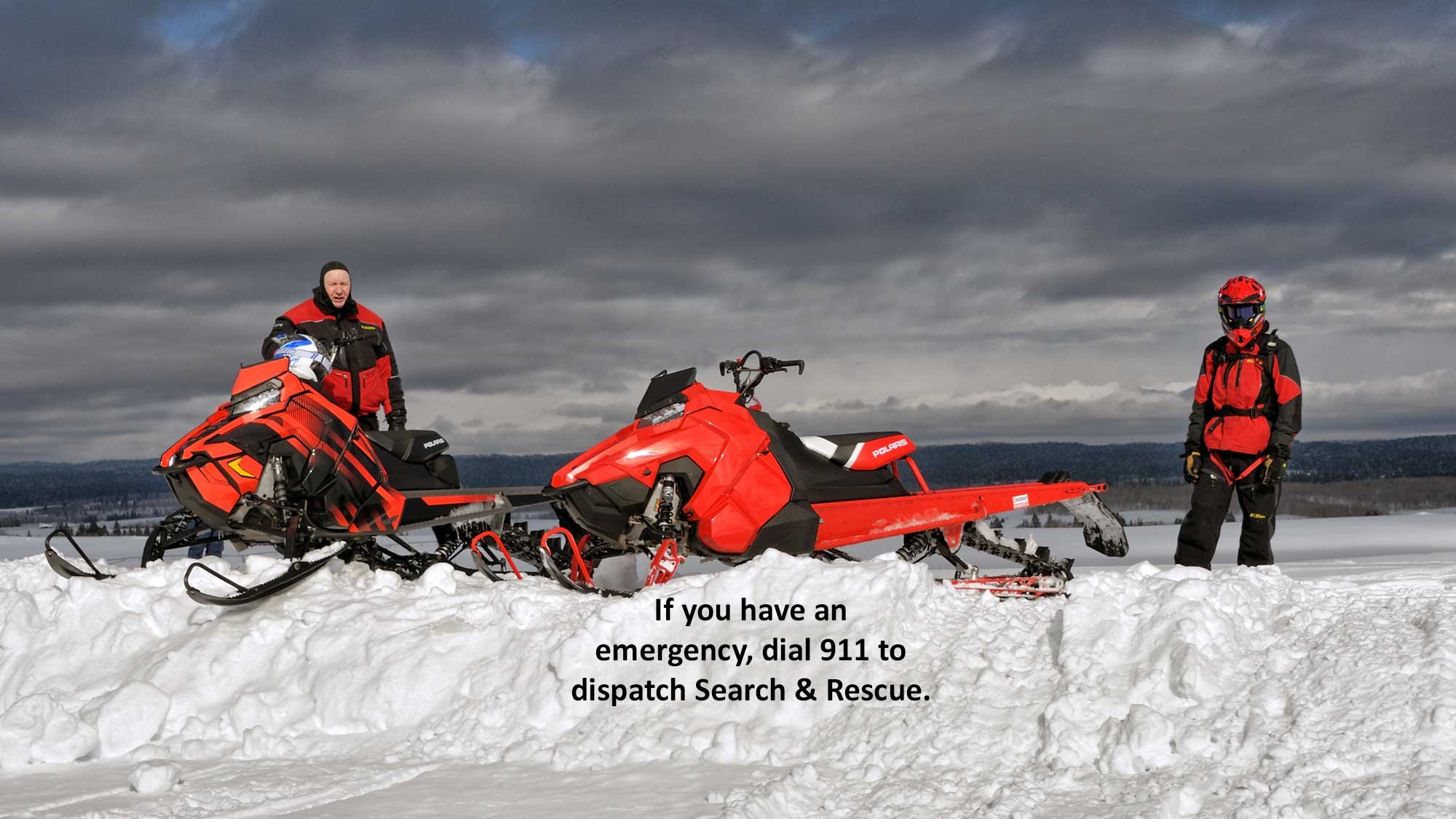
Safety Resources
Avalanche Safety
Backcountry-Know Before You Go: https://www.backcountry.com/sc/avalanche-safety-101
Gallatin National Forest Avalanche Center: https://www.mtavalanche.com/
Avalanche Safety Equipment: https://www.backcountry.com/explore/how-to-choose-avalanche-safety-gear
Idaho Parks & Recreation - Avalanche Awareness & Companion Rescue – Field course: https://parksandrecreation.idaho.gov/events/avalanche-awareness-companion-rescue-field-9/
Other Safety Resources
Idaho Boating Safety Course: https://www.boat-ed.com/idaho/
Hiking-Ten Essentials: https://americanhiking.org/resources/10essentials/
First Aid for Unconscious Person: https://www.acls.net/first-aid-for-unconscious-person.htm
Staying Safe
Make a plan, stick to the plan, narrow the riding area, and let someone know where you are planning to go and when you expect to return.
Familiarize yourself with the area you are heading into.
Remember the time of year, and exercise all backcountry precautions.
Take the necessary equipment and survival gear when venturing into the backcountry.
Take your GPS and cell phone with you but do not rely on them entirely for a safe rescue if you find yourself lost or stranded.
If you find yourself in trouble, stop and do not go any farther. The farther you go, the more complicated and dangerous it may be to get to safety and to get rescue teams to your location. Look around and make mental notes of any physical features or landmarks that could assist in your rescue.
In the winter remember:
Take avalanche safety gear including a beacon, probe, shovel, and avalanche bag
Know the avalanche conditions before riding into the area
Know basic avalanche rescue skills
Snowmobile Checklist
The following is a list of items recommended for an extended day trip:
Proper clothing and extras: Sunglasses, gloves, boots, headgear
First aid kit
Map, compass, GPS, radio, cell phone
Headlamp, flashlight
Matches (waterproof)/fire starter
Hatchet
Knife
Rope
Tools for snowmobile: include an extra drive belt and sparkplug
Food - lunch and emergency rations
Shovel
Emergency flares
Space blankets
Tarp (for temporary shelter)
Extra gas
Snowshoes or skis (in case of breakdown)
Remember Snow Safety:
Operate at safe speeds
Keep to the right on trails
Leave trip plans with friends or relatives
Check the weather forecast
Adequately dress for the conditions
Stay off plowed roads while snowmobiling
Beware of hazards along trails including fences, downed trees, cattle guards, plowed roads, and large animals such as moose and elk



